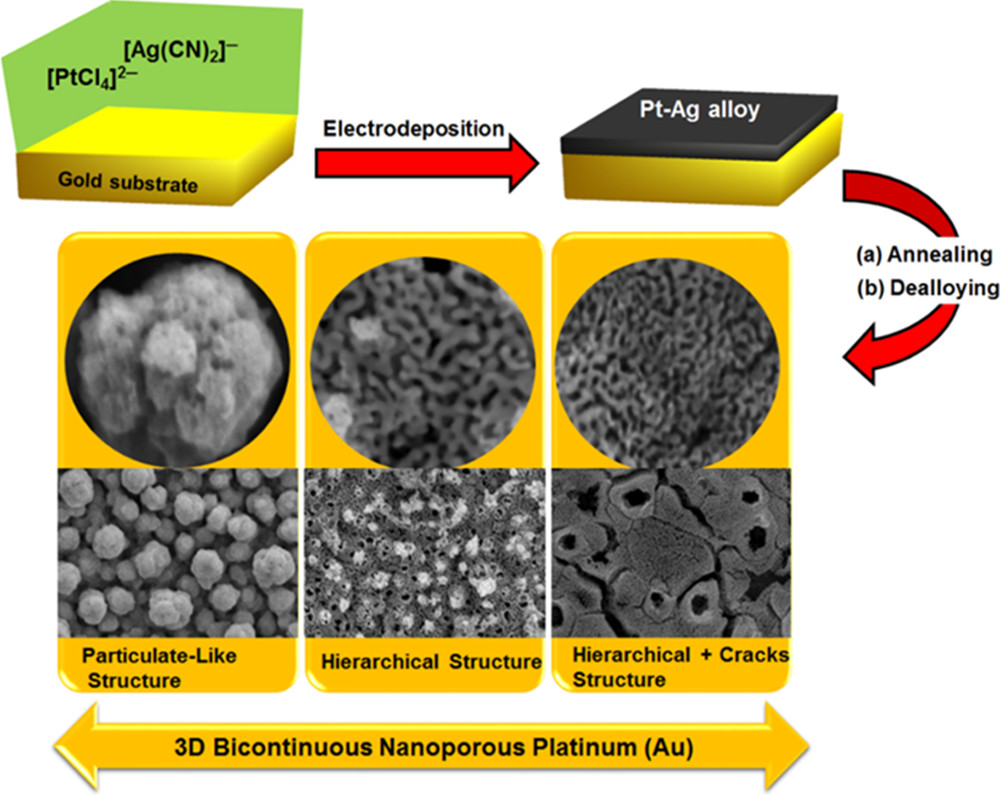Electrochemical materials
Nano-porous platinum-silver
A material for complex environments
Two Virginia Commonwealth University inventors have developed a material that can improve the efficiency of a number of modern products, such as batteries and diabetes test strips. While current materials in these applications are effective, they still have their limitations. They are prone to deterioration and typically have low surface areas which can limit their efficiency. We have developed a material that maximizes the surface area to allow for greater efficiency while also minimizing the volume. The advantages of this material make it suitable for use in devices ranging from ultra-thin battery-like supercapacitors to diabetes test strips.
The technology
The developed material is a three-dimensional bicontinuous nanoporous platinum-silver alloy. The three-dimensional bicontinuous nanoporous structure of the material provides an increased surface area while minimizing the volume of the material. This makes the material a potent catalyst and sensor, with the potential to be used in miniaturized sensing devices and complex environments. The unique platinum-silver composition of the material also gives it an increased reaction rate and resistance to biofouling, making it more efficient for a longer period of time. With all these advantages, this material is suitable for a wide range of applications. VCU is seeking market insights on the commercialization of this powerful electrocatalyst and welcomes interest from any potential partners and licensees. Figure 1. Illustration of the fabrication of the 3D bicontinuous nanoporous platinum
Figure 1. Illustration of the fabrication of the 3D bicontinuous nanoporous platinum
